Considering we are dealing with a story of more than two thousand years of history we can expect many variations and it seems every writer with five minutes of time to spare made his or her own variation. Some of the tales spend a lot of time on introduction, we hear more about the merchant (and in some cases his wife) and especially we are informed about the enchanted prince who was transformed into the Beast in more detail.
Merchant's family was not formed of daughters only. In older versions, we are dealing with six brothers and six sisters altogether. Yet, the Beauty is always called the same and she is always the youngest. And, by the way, she doesn't have a real name. She is rather called by some specific characteristic, like Snow White, Red Cap, Goose Girl, etc.
The look and the character of the Beast are changing from version to version as well. His look is sometimes resembling an elephant, sometimes a snake, sometimes a bear, a pig, ... In most cases, illustrators have their own interpretations of the Beast. In older versions, he is not handicapped by his look only. He is far from being smart and charming as he becomes later.
This tradition of changing his behavior is still alive. In the animated movie by Disney, he has problems with fits of bad temper, for instance, what is in tune with one of the most popular interpretations: The Beauty and the Beast is a story of cultivating and civilization.


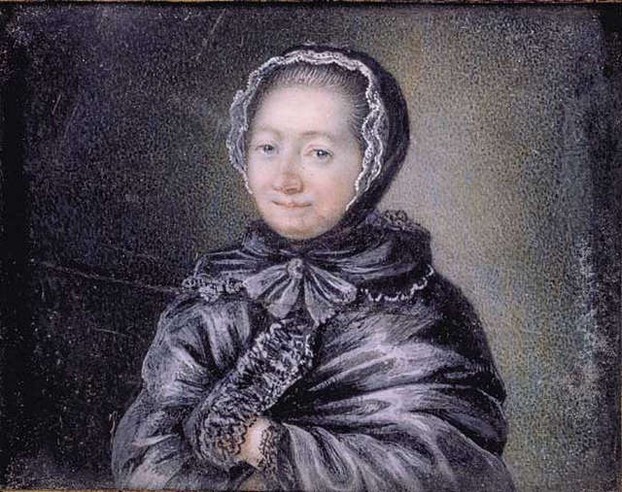
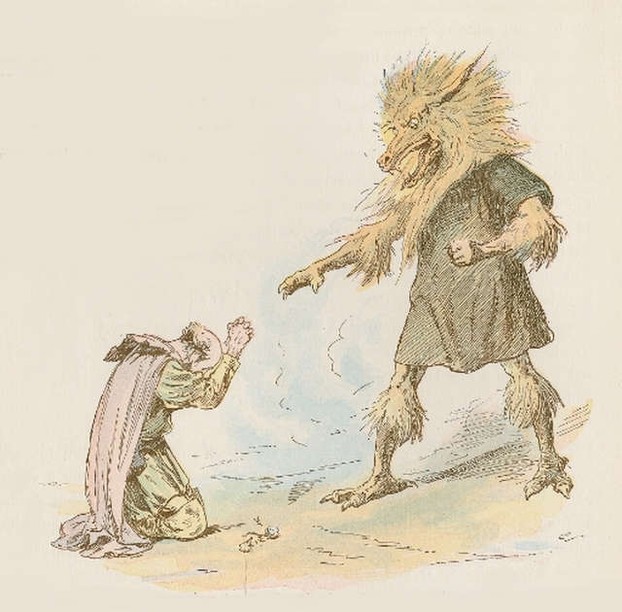
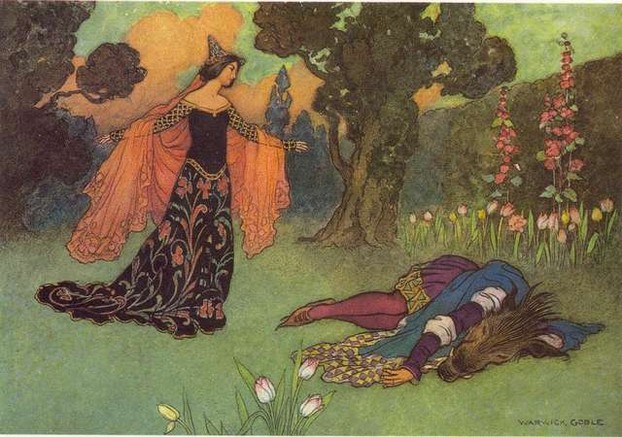
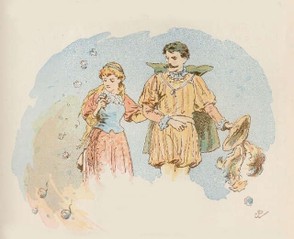

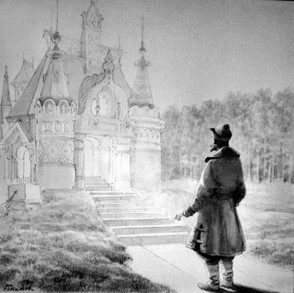
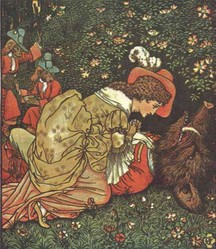

 Vintage Postcard Artists with 10 Examples of Easter Cardson 02/21/2025
Vintage Postcard Artists with 10 Examples of Easter Cardson 02/21/2025
 Valentine's Symbolson 01/23/2025
Valentine's Symbolson 01/23/2025
 Thanksgiving Symbolson 11/12/2024
Thanksgiving Symbolson 11/12/2024
 Famous Witches in Literary Historyon 10/06/2024
Famous Witches in Literary Historyon 10/06/2024
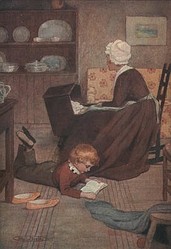
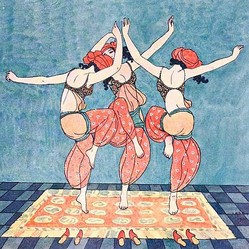
What are your thoughts on The Beauty and the Beast?
No, not yet.
Artist is Nikolai Bogatov (1854-1935)
Again many thanks for the black-and-white-and-more blogging link that led me to such a lively, lovely look at the fairy-tale author.
Additionally, the scarlet-flower cartoon may be the best cartoon ever, what with nice action -- apart insulting and kicking the feline sentient -- and nice colors and sound.
English Wikipedia mentions two filmed versions: "The Scarlet Flower (1952 film), Soviet animated film directed by Lev Atamanov and based on Aksakov's fairy tale" and "The Scarlet Flower (1977 film), Soviet live action film directed by Irina Povolotskaya and based on Aksakov's fairy tale."
Might you have seen the latter, live-action film?
Thank you for the web-archive link to black-and-white-and-more blogging.
The Aksakov article acts educationally entertaining, entertainingly educational. In particular, the family history with the Norwegian connection and the review designating the Aksakov-version differences fascinate me.
Who is the artist of all those lovely images?
No problem.
It's hard to say. If I should pick yes or no, I would be more inclined to no. I believe similar myths (both stories are backed by myths) were created independently in different areas of the world. But there are no documents to prove something like that.
We all have out methods. Mine works for me, your for you.
Yes, there is. https://web.archive.org/web/202403150...
Please accept my apologies if I ask this question twice in very quick order even as the computer acted as if I asked my question already signed out ;-{!
English Wikipedia associates The snake prince with the Panchatantra (from Sanskrit पञ्चतन्त्र, from पञ्च, “five” and तन्त्र, "treatises").
That collection from 200 BCE drew upon ancienter, earlier oral traditions.
Might this nudge The snake prince into first place as oldest beauty and the beast-type fairy tale?
Thank you!
English Wikipedia associates The snake prince with a similar story conserved in the Panchatantra (from Sanskrit पञ्चतन्त्र, from पञ्च, “five” and तन्त्र, "treatises") from 200 BCE.
The aforementioned collection drew upon earlier oral traditions.
Might The snake prince be the earliest known version of a beauty and beast-type fairy tale?